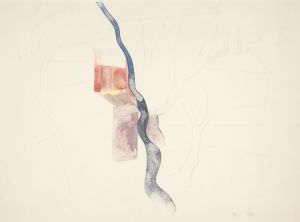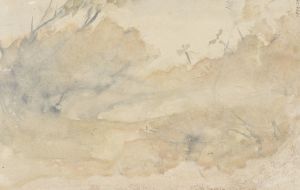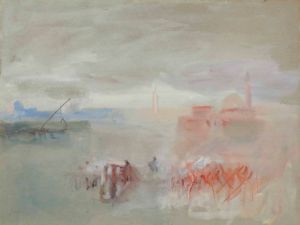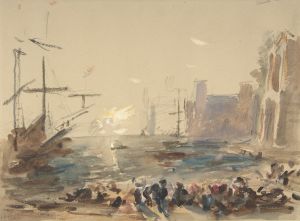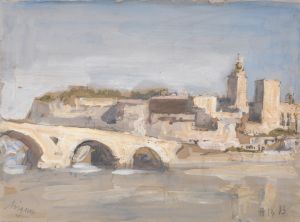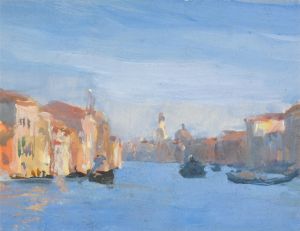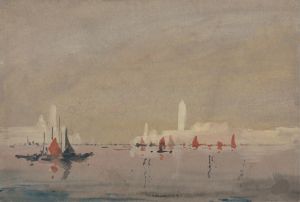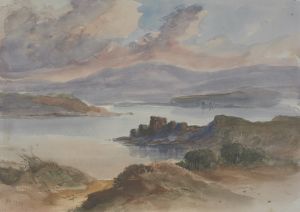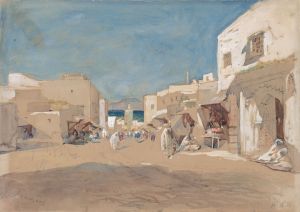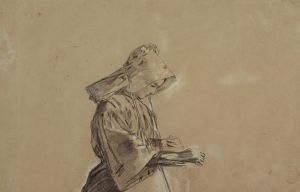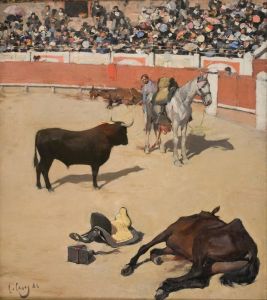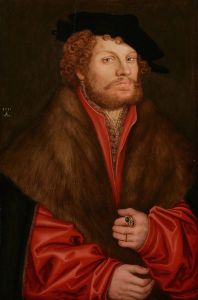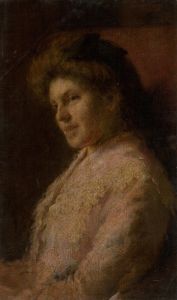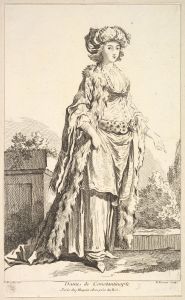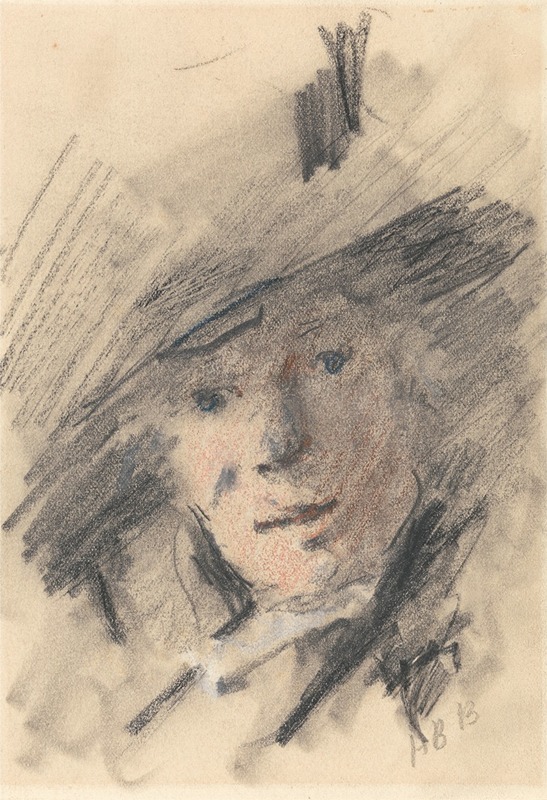
Study of a Woman
A hand-painted replica of Hercules Brabazon Brabazon’s masterpiece Study of a Woman, meticulously crafted by professional artists to capture the true essence of the original. Each piece is created with museum-quality canvas and rare mineral pigments, carefully painted by experienced artists with delicate brushstrokes and rich, layered colors to perfectly recreate the texture of the original artwork. Unlike machine-printed reproductions, this hand-painted version brings the painting to life, infused with the artist’s emotions and skill in every stroke. Whether for personal collection or home decoration, it instantly elevates the artistic atmosphere of any space.
Hercules Brabazon Brabazon was a British artist known for his watercolor paintings, often capturing landscapes and architectural subjects with a distinctive style that emphasized light and color. However, specific information about a painting titled "Study of a Woman" by Brabazon is not readily available in historical records or major art references. Brabazon's works are generally characterized by their impressionistic qualities, and he was known to have traveled extensively, painting scenes from his journeys across Europe and North Africa.
Brabazon was born in Paris in 1821 and was educated at Harrow School and Trinity College, Cambridge. Although he initially pursued a career in law, he eventually dedicated himself to art, studying under the tutelage of John Ruskin, a prominent art critic and social thinker of the time. Brabazon's artistic style was heavily influenced by the works of J.M.W. Turner, and he became known for his ability to capture the transient effects of light and atmosphere in his watercolors.
Throughout his career, Brabazon exhibited his works at various venues, including the New English Art Club, where he gained recognition for his unique approach to watercolor painting. His works were appreciated for their spontaneity and the way they conveyed the essence of a scene rather than focusing on detailed representation. This approach aligned with the broader Impressionist movement, which sought to capture the fleeting moments of light and color in the natural world.
Brabazon's oeuvre primarily consists of landscapes and architectural studies, often depicting scenes from his travels in Italy, Spain, and North Africa. His paintings are characterized by a loose, fluid style that captures the play of light and shadow, often with a limited color palette that enhances the atmospheric quality of his work.
Despite his success and recognition during his lifetime, Brabazon remained a somewhat private figure, and much of his work was not widely known until after his death in 1906. His contributions to the art world were later acknowledged through exhibitions and retrospectives, which helped to solidify his reputation as an important figure in the development of British watercolor painting.
Given the lack of specific information about "Study of a Woman," it is possible that this work, if it exists, may not have been one of his more widely recognized pieces. Brabazon's legacy, however, is firmly established through his numerous landscapes and travel scenes, which continue to be appreciated for their innovative use of watercolor and their ability to convey the beauty and transience of the natural world.
In summary, while Hercules Brabazon Brabazon is a well-documented artist known for his impressionistic watercolors, specific details about a painting titled "Study of a Woman" are not available in the existing literature or art historical records. His broader body of work remains influential, celebrated for its atmospheric qualities and its contribution to the evolution of watercolor painting in the 19th century.





